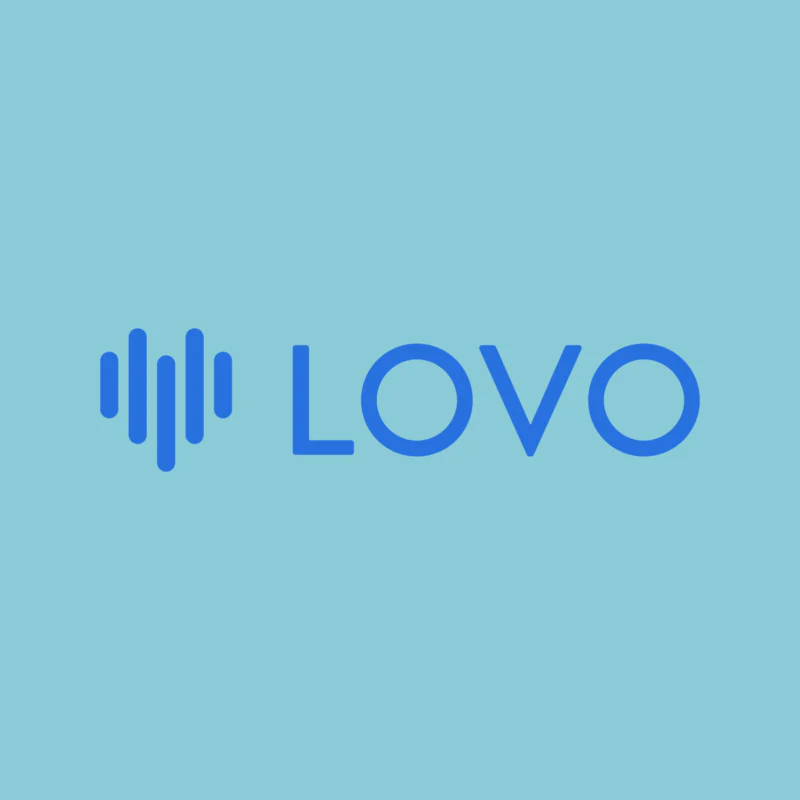The European Commission recently designated Shein as a Very Large Online Platform under the Digital Services Act (“DSA”). In other words, by virtue of its scale and size, the China-founded, Singapore-headquartered ultra-fast fashion giant will have to comply with “the most stringent rules” under the DSA within four months of its notification of its new status (i.e. by the end of August 2024), including the obligation to manage “systemic” content-related risks, including by engaging in regular risk-centric audit and reporting processes, providing “transparency” about the algorithms it uses to target individuals with content, and implementing opt-out mechanisms so individuals can opt out of targeted advertising or user profiling, among other things.
Since first coming into effect last year, the DSA has mandated that all online platforms ensure the traceability of traders on their platforms; design their interface in a manner which facilitates traders’ compliance with their legal obligations under EU law; and inform consumers of their purchase of an illegal product, the moment they become aware of the product’s illegality. The transparency and accountability-focused law adds an additional layer of obligations for Very Large Online Platforms (“VLOPs”) – or platforms that serve and reach over 10 percent or about 45 million of consumers in the EU, which requires them to adopt specific measures to “empower and protect users online, including minors, and duly assess and mitigate any systemic risks stemming from their services,” among other things.
In being designated as a VLOP, Shein joins almost 20 other online platforms and/or search engines that have been determined to fall within the bounds of the VLOP definition, including five Alphabet subsidiaries, two Meta units, two Microsoft entities, Twitter, AliExpress, and Zalando. While the company has not shed light on its next steps, if Amazon and Zalando are any indication, the fashion giant very well might pushback against its VLOP title. Both Amazon and online fashion retailer Zalando have opted to challenge their status as VLOPs by way of ongoing appeals lodged with the Court of Justice of the European Union.
Taking this route may make sense for Shein given the potentially high stakes of the impact of the VLOP designation, which mandates that VLOPs like Shein “need to diligently analyze the specific systemic risks with regard to the dissemination of illegal content and products and from the design or functioning of its service and its related systems.” Companies are required to report such risk assessments to the European Commission within four months of their formal designation as a VLOP and then on an annual basis. The Commission also noted that Shein, in particular, “must put in place mitigation measures to address risks, such as the listing and sale of counterfeit goods, unsafe products, and items that infringe on intellectual property rights.”
Among the measures that can be adopted, according to the Commission? “Refining its algorithms to prevent the promotion and sale of prohibited” – i.e., counterfeit or otherwise infringing – “goods.”
The (Big) Impact for Shein
Beyond the fines that can be levied if the DSA is violated (up to 6 percent of a company’s annual revenue) and the potential for significant reputation-related damage in the event of non-compliance, Shein’s new VLOP status could prove significant for Shein due to the alleged workings of the company at a foundational level.
Reworking its model to ensure that it is not in the business of offering up infringing products may be a game-changer for Shein if the allegations in at least a couple of pending lawsuits are any indication. After all, a number of plaintiffs have accused Shein of engaging in an “industrial-scale scheme of systematic … infringement” that relies upon “sophisticated electronic systems that algorithmically scour the internet for popular works created by artists” and designers. According to one suit recently waged against Shein, the outputs of its artificial intelligence-powered model are often produced without “human intermediary or compliance function [to take] care that the algorithm’s designs are not the property of others,” thereby, giving rise to a steady stream of infringing goods.
This infringement-centric model has, according to plaintiffs in at least two lawsuits, enabled Shein to generate thousands of designs per day and annual revenues of over $30 billion. In short: If the allegations in such suits are, in fact, true, it may be difficult for Shein to remove instances of infringement from its operations.














